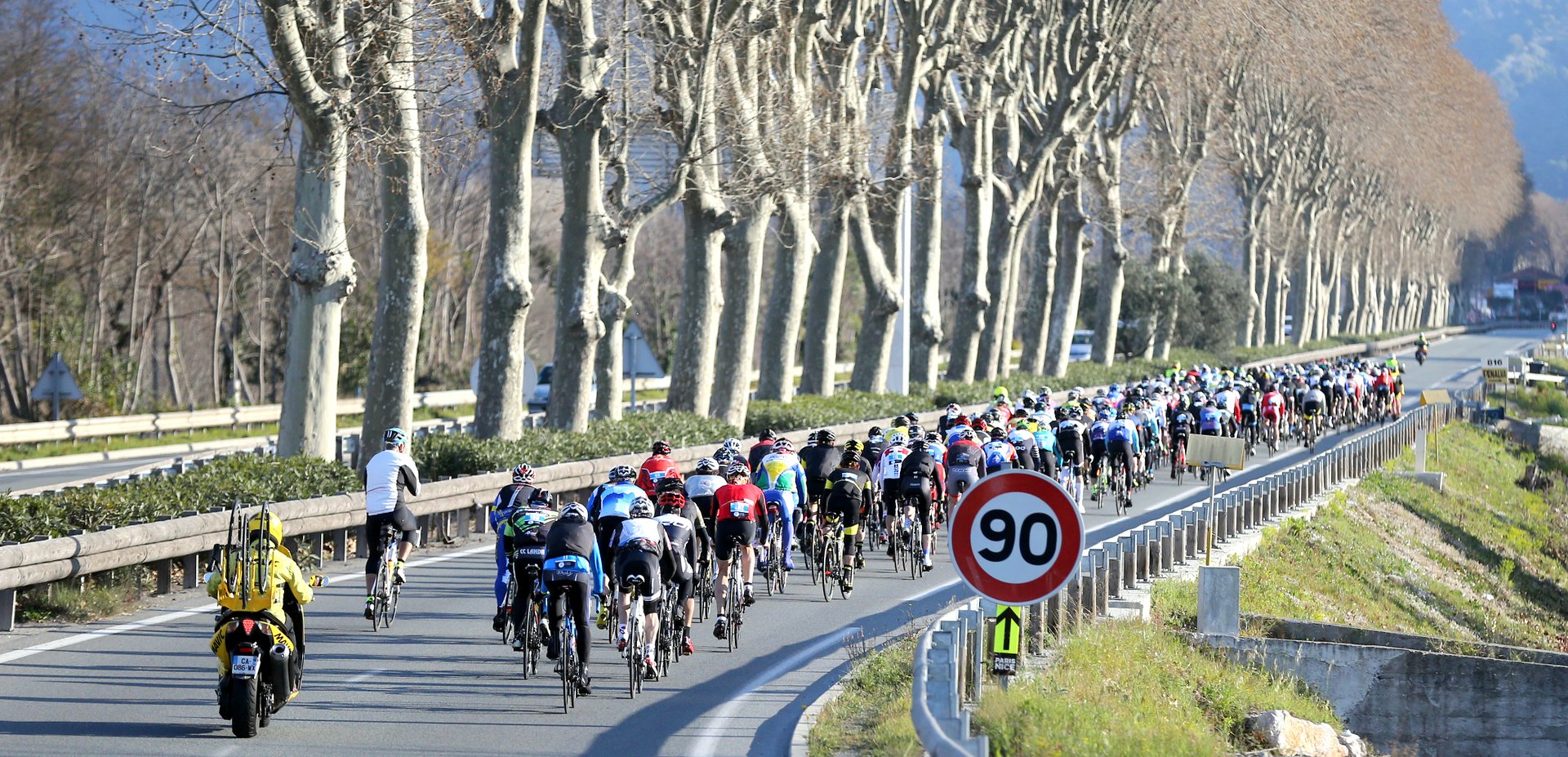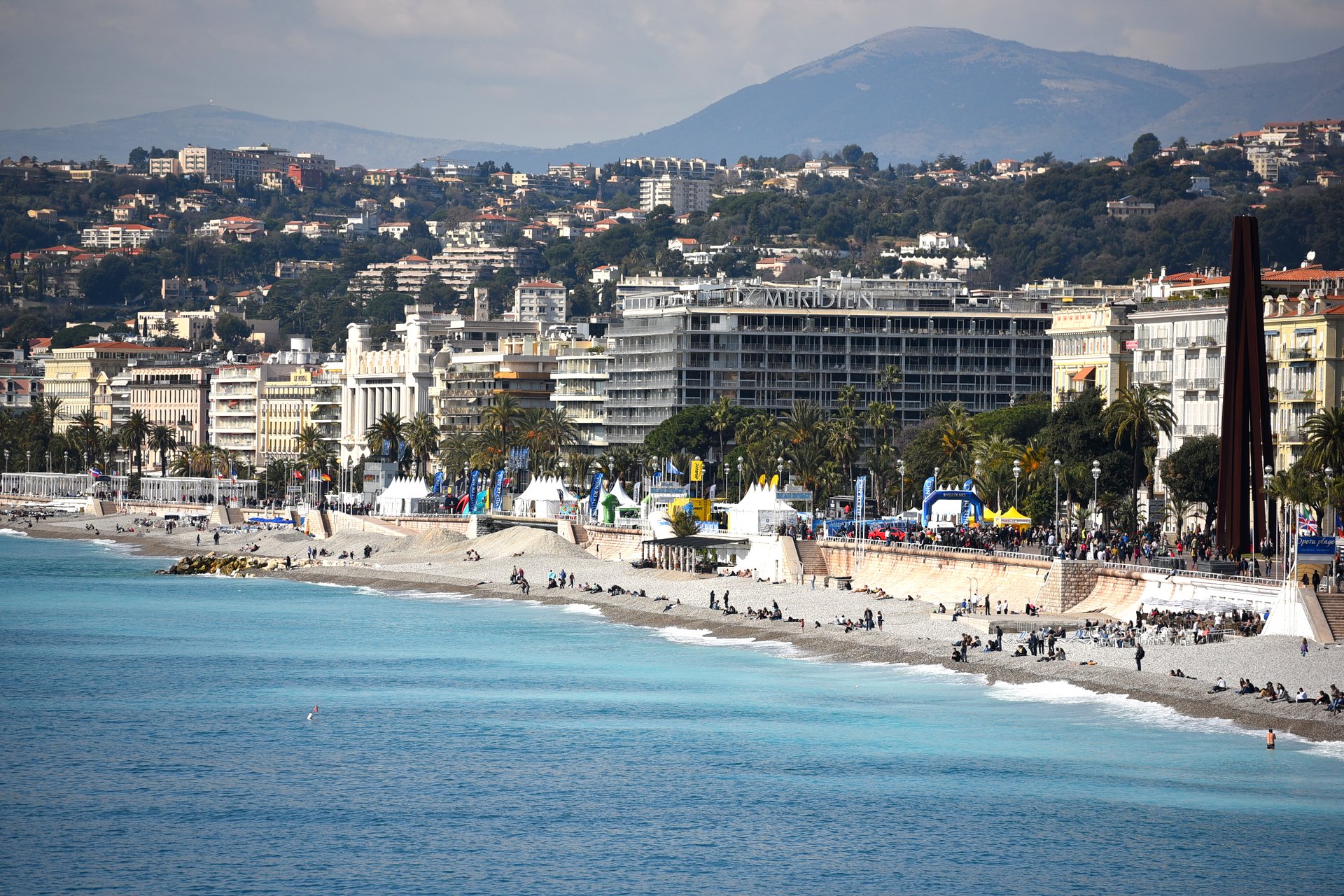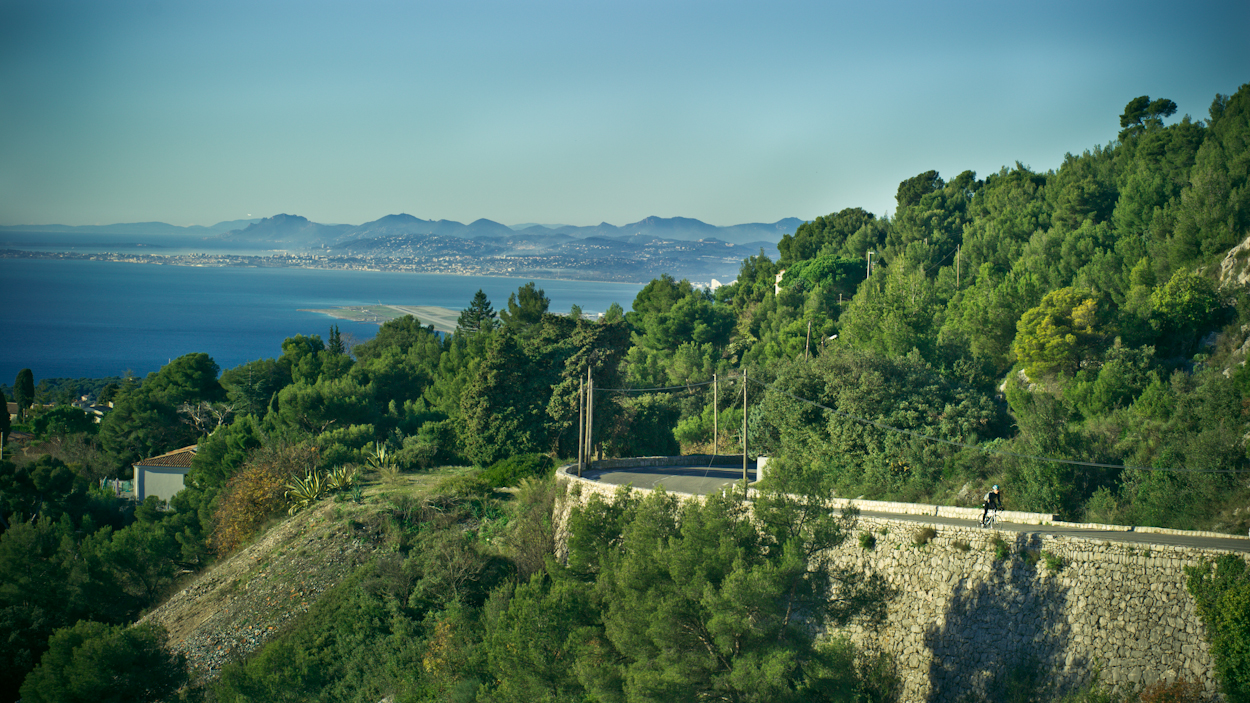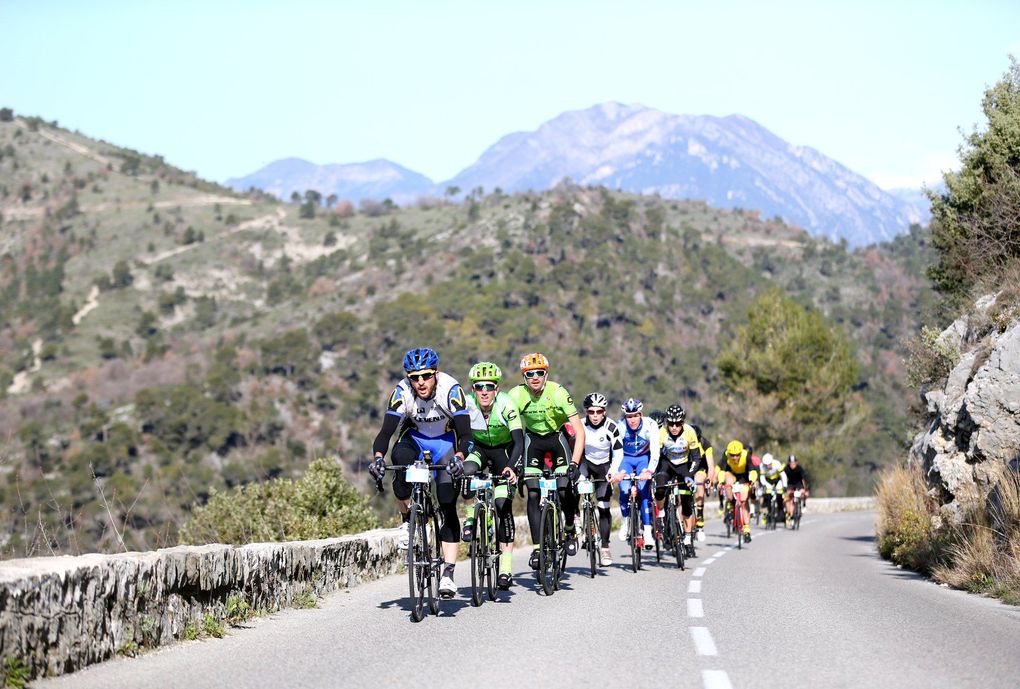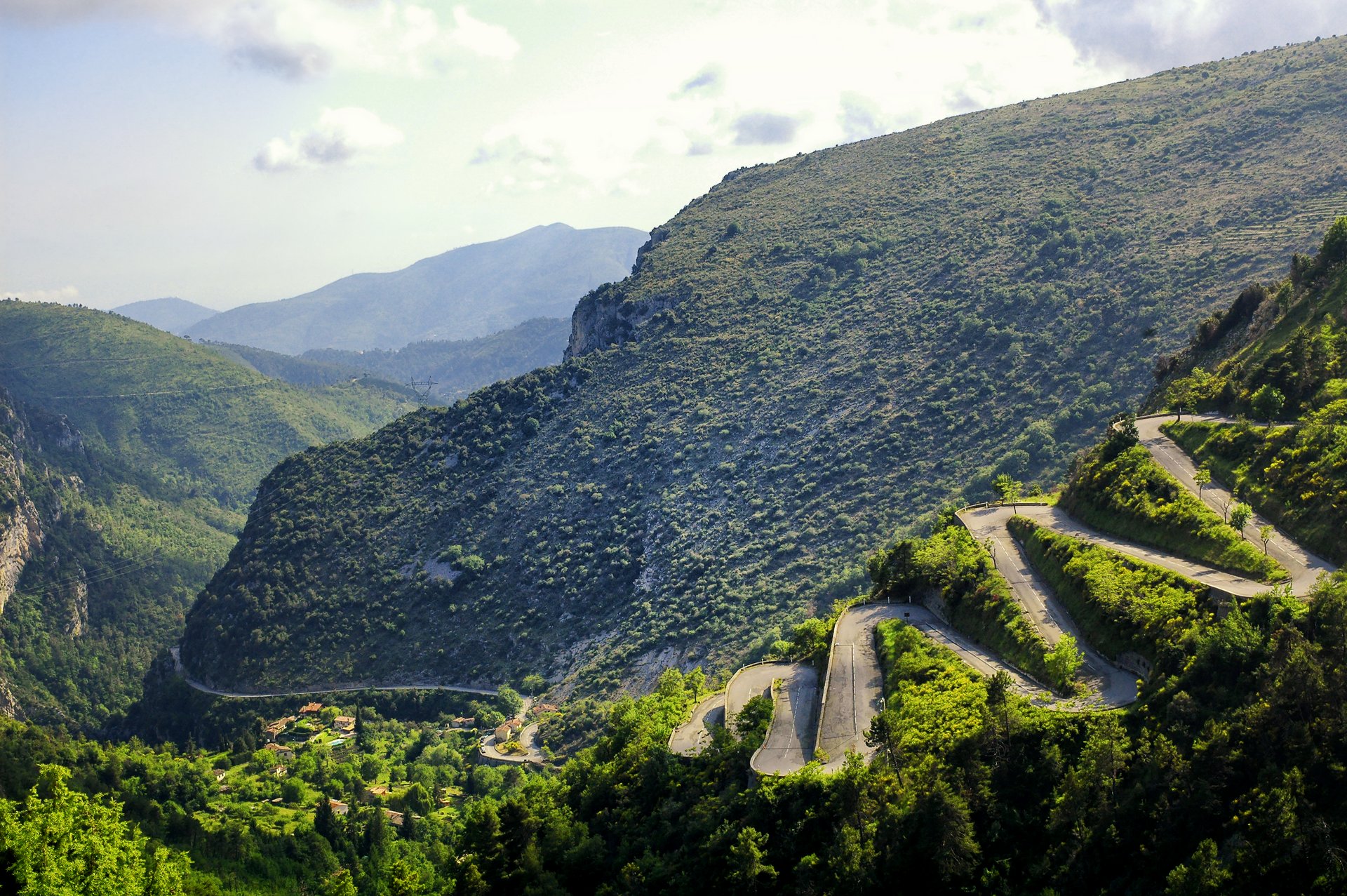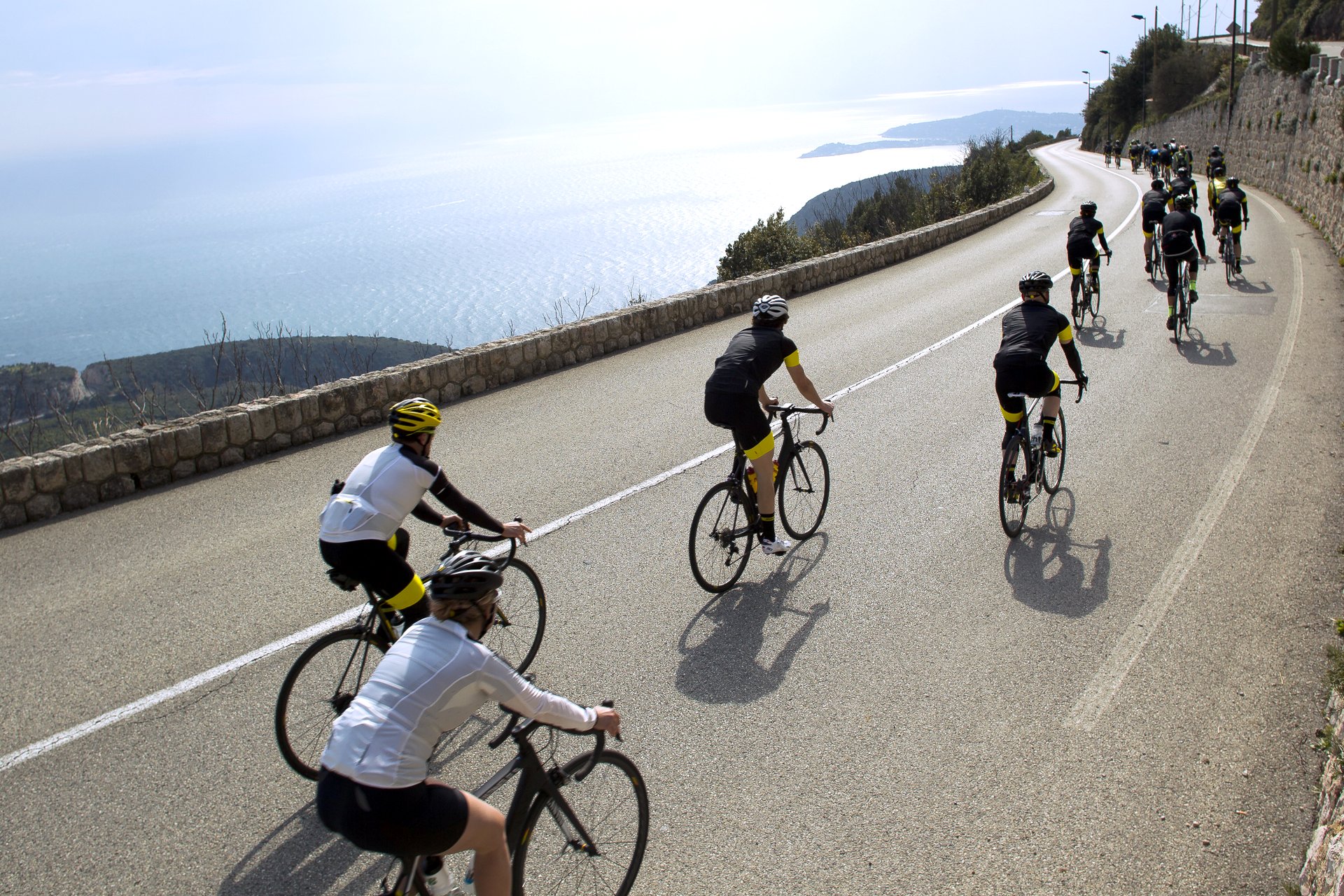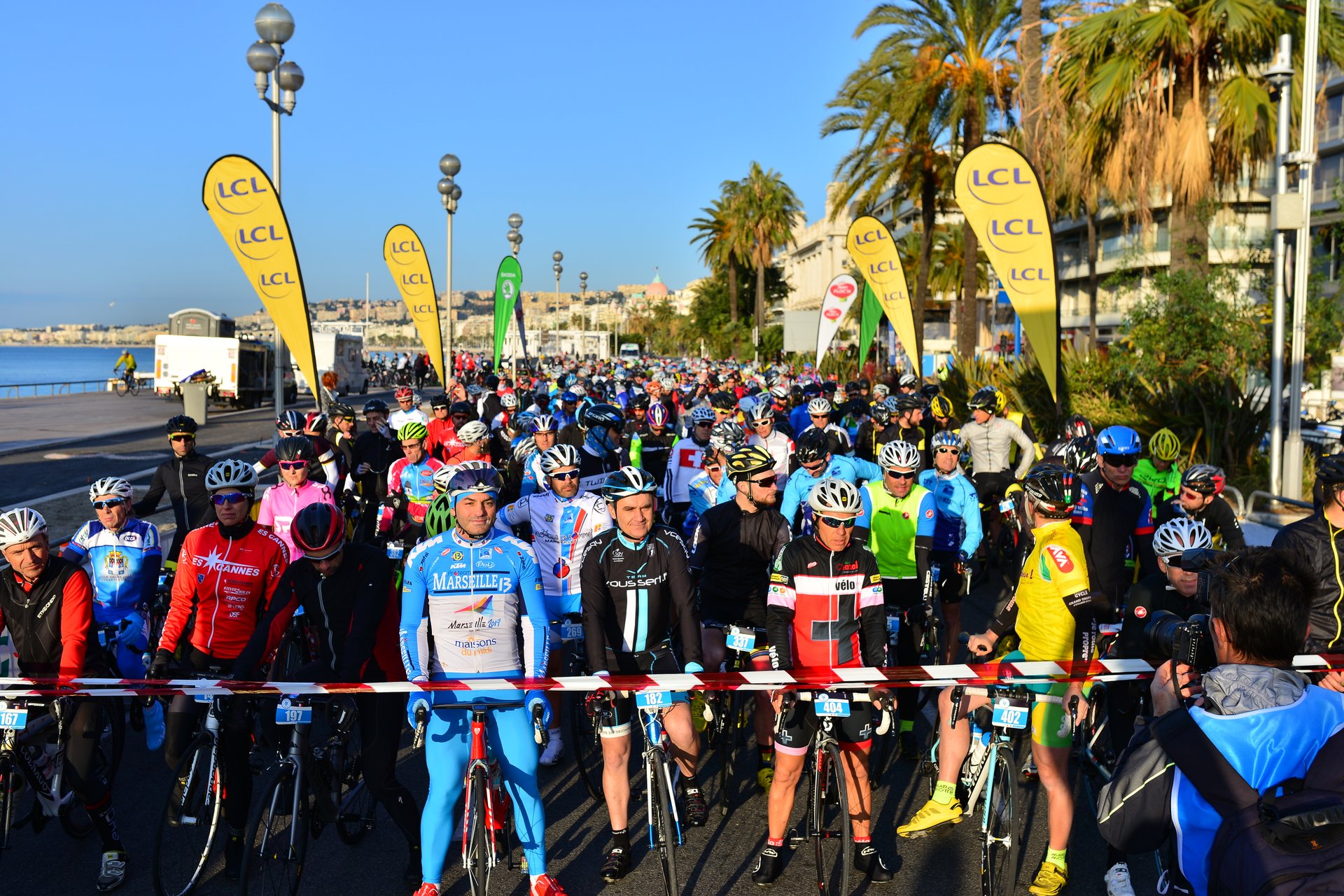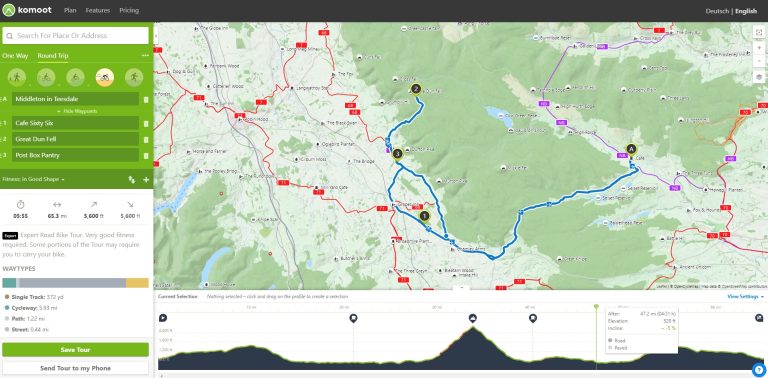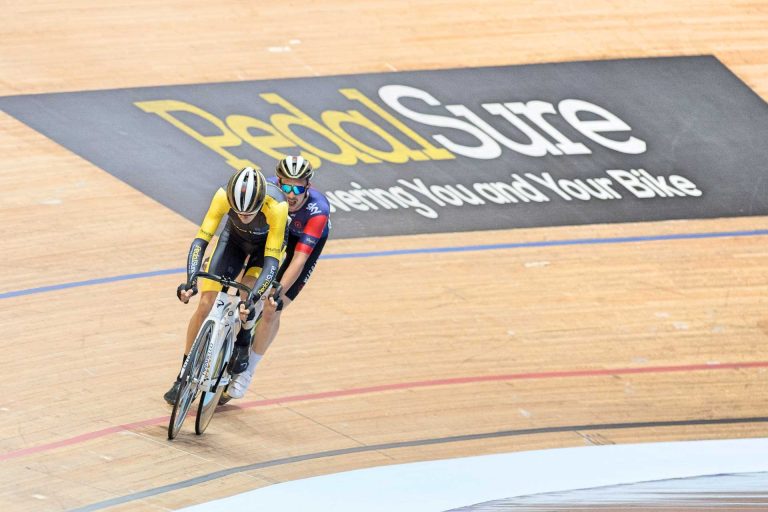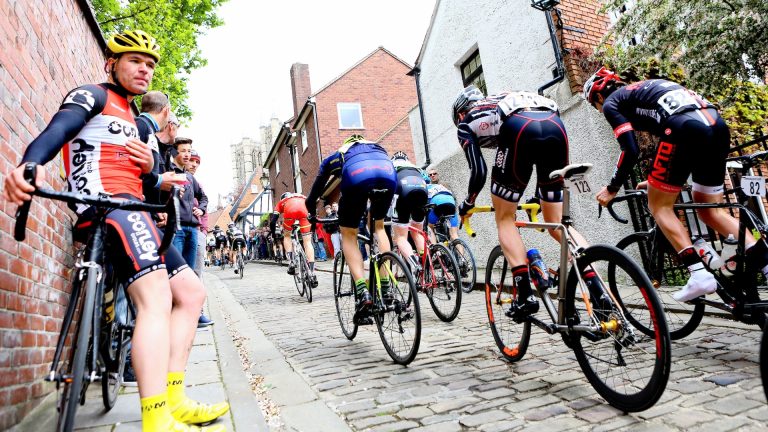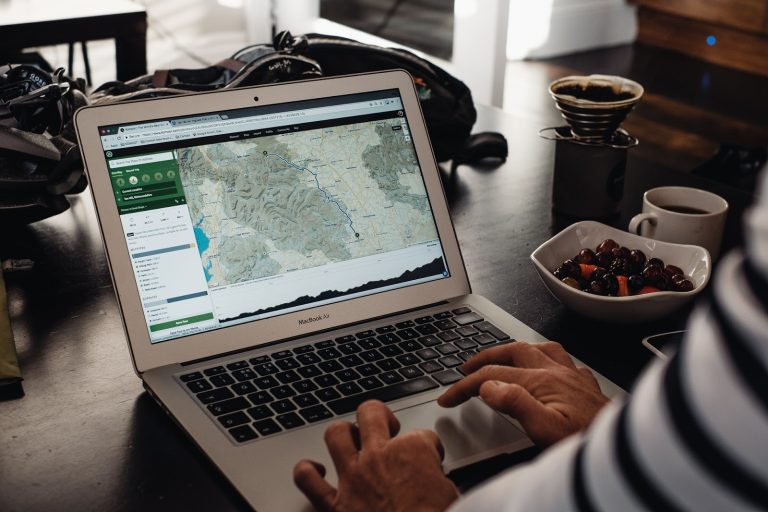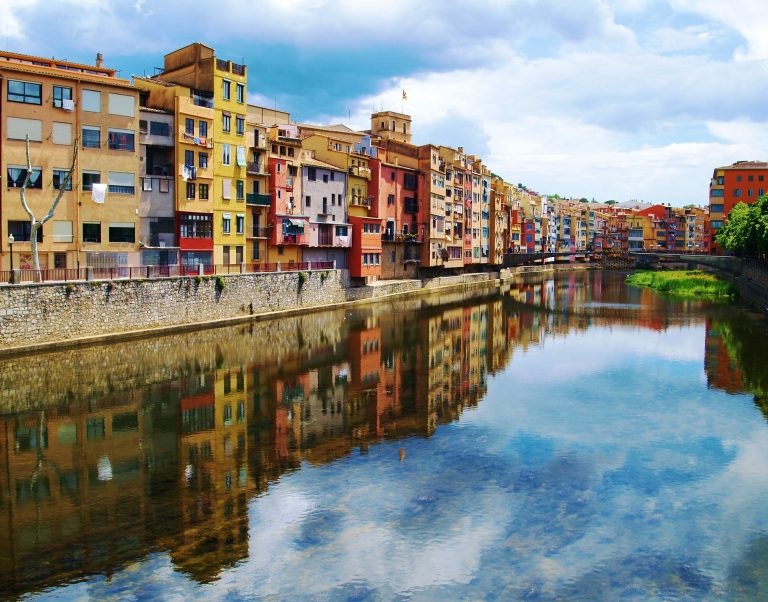As one of the most popular spots in Europe for pros to settle during the off season, as well as for training between racing, Nice and the surrounding area around on the Côté d’Azur offers great roads and a temperate climate around some of the most picture-postcard-perfect scenery in the whole of France.
Nearby Monaco is home during parts of the year to many pros, with Team Sky having a permanent base there that riders can use – and the surrounding area is perfect for accessing quiet training roads, steady yet challenging climbs and relaxed culture.
Nice is also the final destination of the prestigious Paris-Nice stage race – the race dubbed ‘The Race to the Sun’, even in March time, as northern Europe continues to shiver in the last throes of winter.
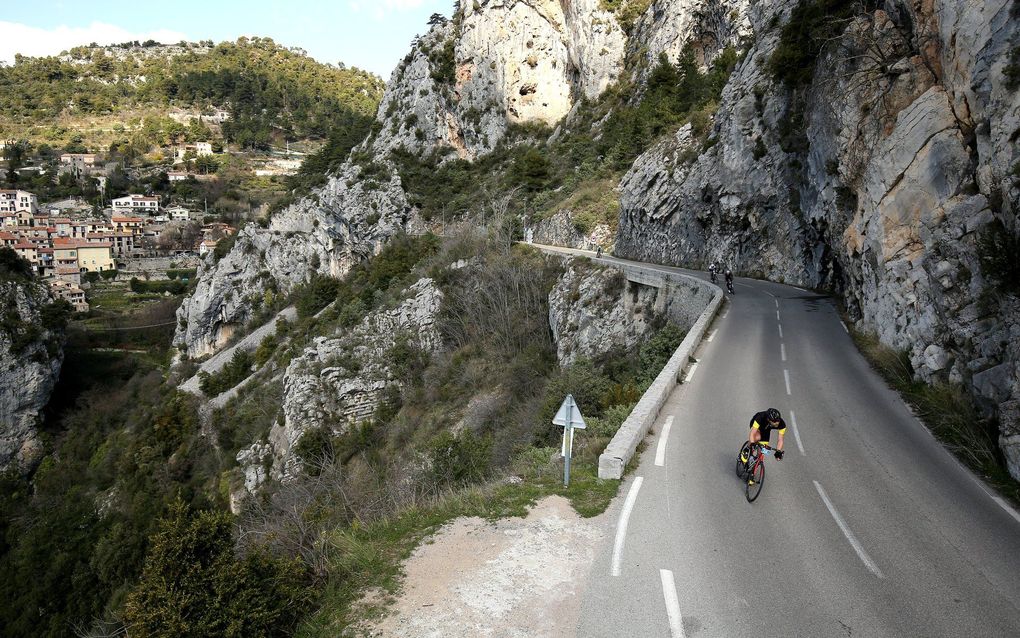
Nice is one of the most beautiful and accessible cities for cyclists to visit. As a major city and tourist destination it offers easy access by air and all the amenities you’re likely to want or need, while offering a great mix of riding among the foothills of the Alps that skirt the area.
With smooth, well-kept coastal roads that serve tourists during holiday season, the place is ready-made to cater for cyclists, and as a base for access to the Maritimes-Alpes and Italy not far away, as well as the wider Côté d’Azur, you have free reign to explore this glamourous location.
What to find out more? Read on…
[series]


